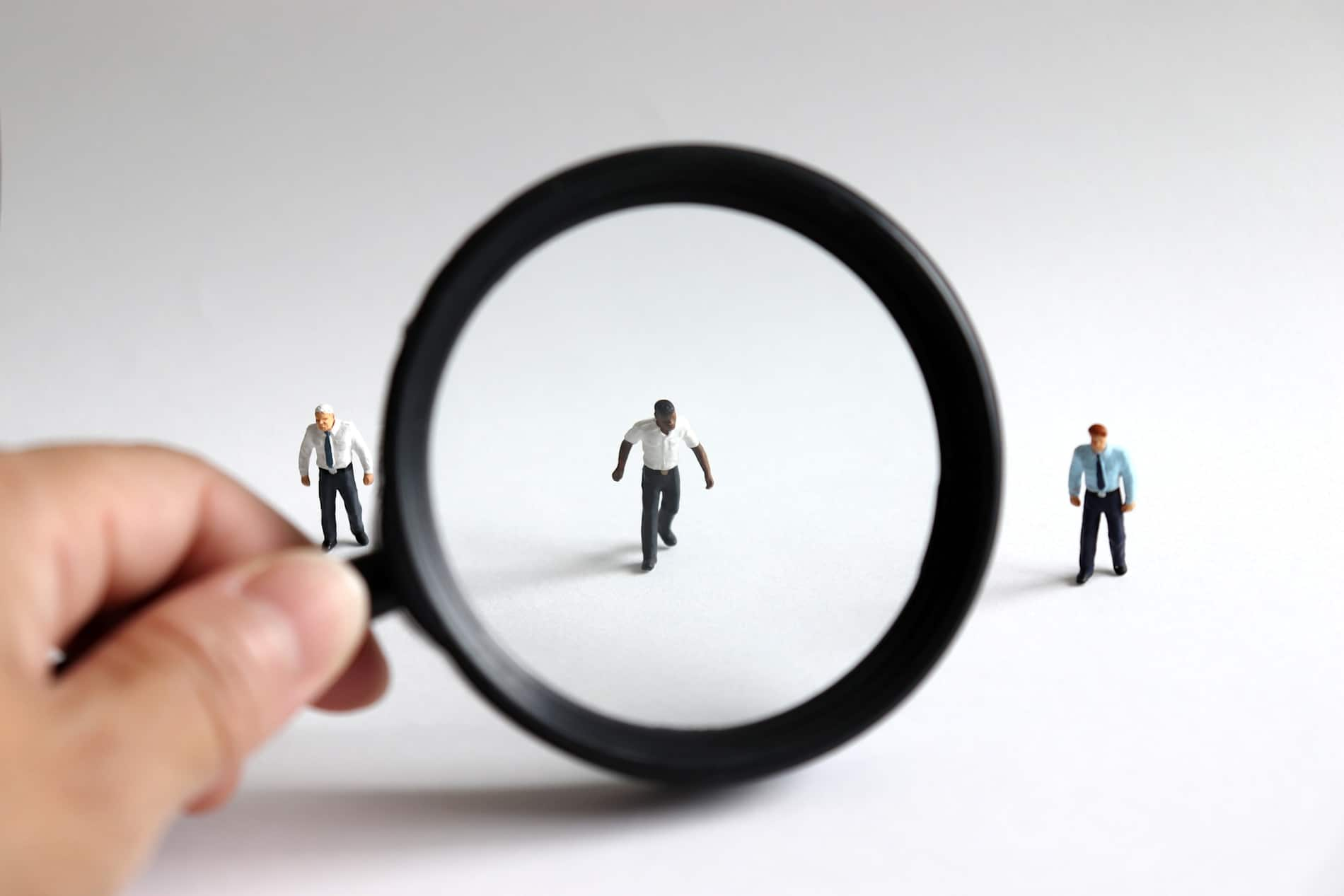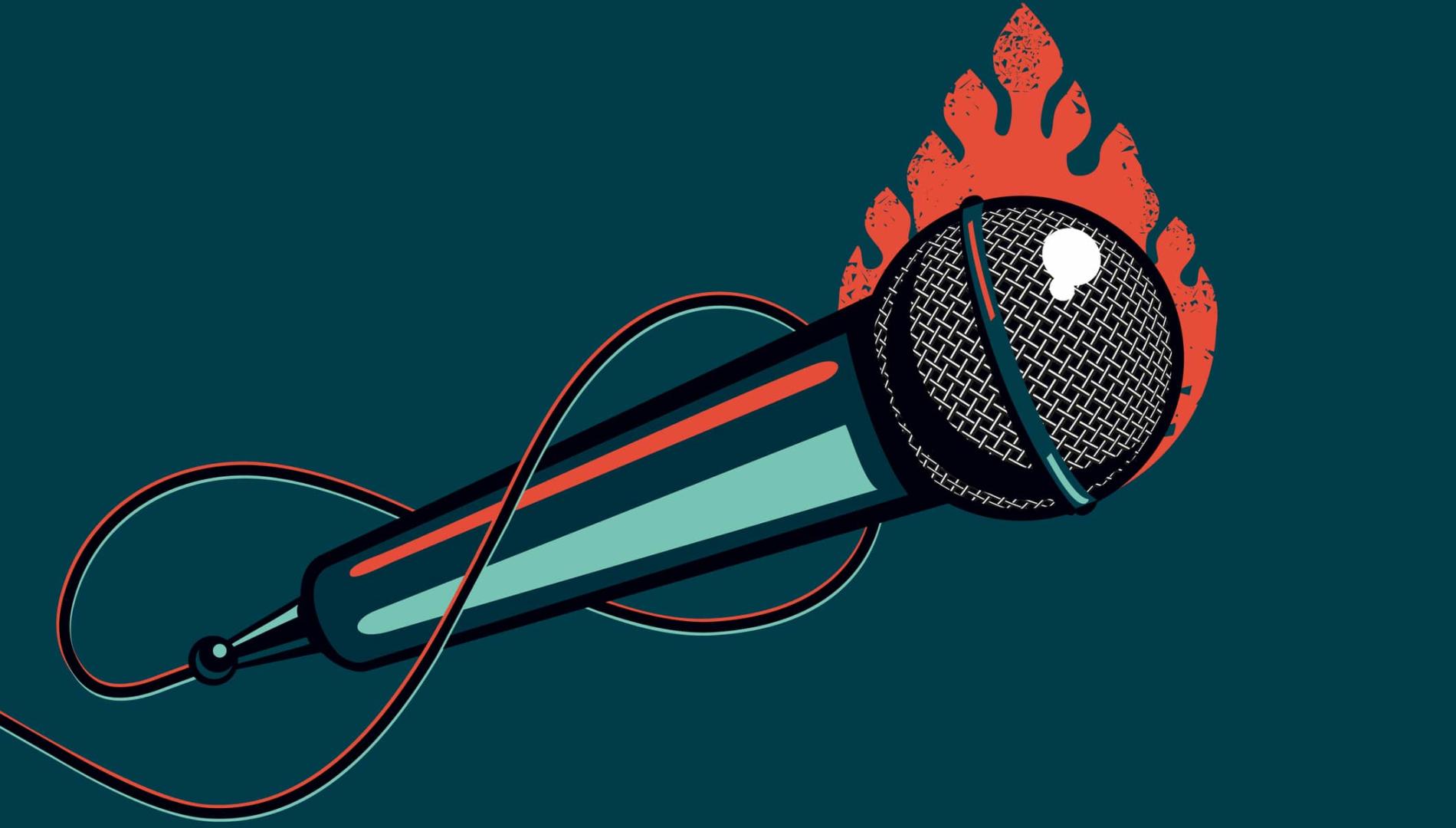“That’s not racist, is it?”
It’s a question often asked with a shrug, a laugh, or a raised eyebrow - an attempt to brush past a moment that stings, unsettles, or alienates.
The comment wasn’t “meant that way”, the speaker says. You’re “reading too much into it”. It’s “just a joke”. But these moments, often dismissed as trivial, are not harmless.
Prompted by a recent conversation among scholars of colour, this article reflects on racial microaggressions—those everyday slights and subtle digs that accumulate like sediment, pressing down until something cracks.
Education is key to understanding the impact of our words our behaviour and how it affects people either harmful or helpful be an ally #HR #hrcommunity #racial #microaggression #bias #Equality #behaviour #thursdayvibes #education #education #morning #race #Equalityact pic.twitter.com/W7BZPW2Ely
— Rue Kaluzny (@HarriesHR_Rue) March 16, 2023
The paradox of “micro”
The term microaggression feels misleading. As one speaker said, these are not minor incidents:
“They are a death by a thousand paper cuts.”
Dismissive comments about someone’s name. Surprise at a person’s fluency in English. Confusion over someone’s ethnicity - as though it’s fair game for a guessing game. These acts may not seem “aggressive” in the conventional sense, but their repetition makes them powerful - and corrosive.
It’s not about intent. It’s about impact. These aren’t awkward social moments to be laughed off. They are expressions of deeper structures - what Foucault might call disciplinary mechanisms that police who belongs, who is legitimate, and who is perpetually “other”.
When belonging is conditional
For racialised people navigating professional and academic spaces, belonging is often conditional. A panellist recalled the moment a classmate asked:
“What were you thinking when you enrolled in this course?” That question, casual, pointed, carried a freight of assumptions. It cast doubt on his competence, his presence, his right to be there.
Over time, these moments wore him down. He stopped asking questions in class. He felt shame. Eventually, he dropped out. “I still regret not completing it,” he said. “I invested $40,000, and I walked away.”
This isn’t an isolated story. It echoes findings from across higher education: racial microaggressions can erode academic confidence, sense of belonging, and mental health. They don’t just bruise, they displace.
Weathering the invisible
For women of colour, the stakes are even higher. One speaker called it “weathering”, the chronic stress that comes from navigating race, gender, and professional expectations simultaneously. You’re expected to represent, to adapt, to soften your voice, smooth your edges, and still produce.
It’s not just the “glass ceiling”. It’s the concrete one, thicker, heavier, harder to name.
Code-switching. Strategic silences. Hypervigilance. These are the tools many use to survive. But they come at a cost. As research has shown, this kind of emotional labour contributes to burnout, anxiety, depression, and even physical illness. It's not just in the head. It's in the body.
The myth of meritocracy
Australia likes to imagine itself as a meritocracy, a fair-go society where hard work pays off. But that myth crumbles under scrutiny. One speaker reflected:
“When someone says, ‘Your English is so good,’ it might be meant as a compliment, but it positions you as a surprise, as someone who doesn’t naturally belong.”
The racialised person becomes the deviation, the anomaly. Their success must be explained, either as extraordinary, or as undeserved. The message is clear: you weren’t expected to be here.
This subtle policing of identity sustains what has been called “white comfort”—a reluctance to confront the structures that centre whiteness as the norm and everyone else as peripheral. When people of colour call it out, the response is often defensiveness or deflection. “That’s not racist, is it?”
From silence to strategy
What makes microaggressions particularly insidious is that they often happen in spaces that claim to be inclusive. Diversity statements are pinned to noticeboards; strategic plans speak of equity. But if racialised people can’t speak honestly about their pain, without being labelled angry, difficult, or sensitive, then these environments are not safe. They are curated.
Real inclusion doesn’t just invite people in. It shares power. It redistributes voice. As one scholar put it: “Inclusion without power is still exclusion.”
So, what do we do?
We begin with self-awareness. We ask: Am I ever the microaggressor? We speak up, even when it’s awkward. We move from performative allyship to actual, embodied practice. And we create what one panellist beautifully called hopescapes, spaces of renewal, where people can breathe, speak, and be heard in their full humanity.
Is it racist?
To answer the question: yes. It is racist when someone’s identity is questioned, when their legitimacy is undermined, or when they are made to carry the emotional burden of educating others while shielding themselves from harm. Even when it's "just a joke". Even when you "didn't mean it".
Racism doesn’t always arrive in slurs or violence. Sometimes it comes disguised in politeness, in low expectations, in backhanded compliments. The task before us is to name it, unmask it, and dismantle the systems that keep it hidden in plain sight.










